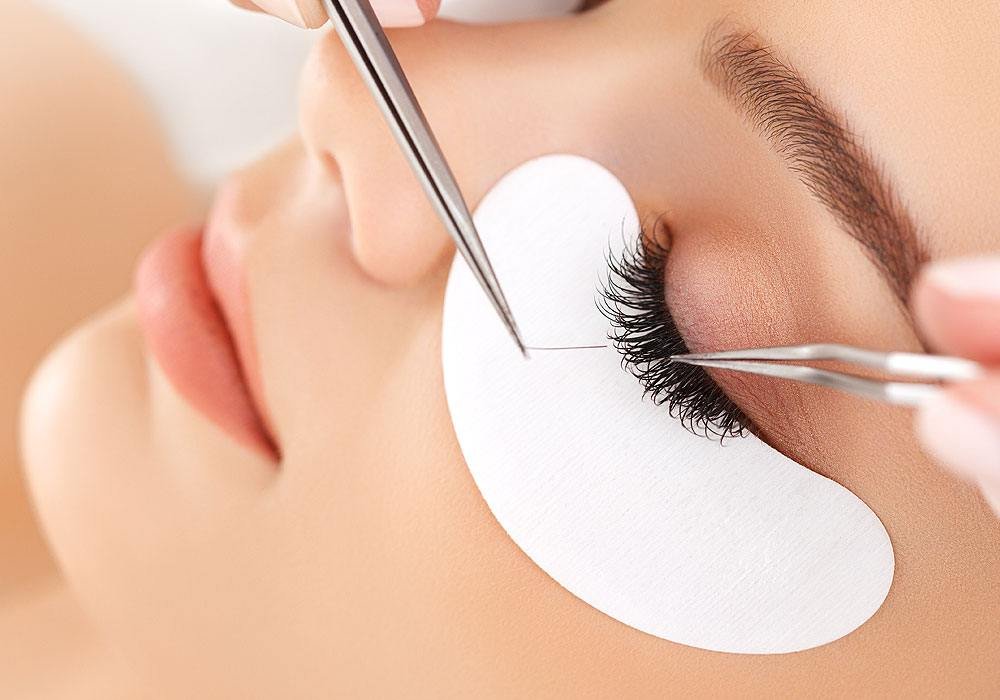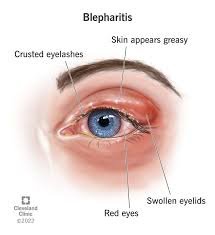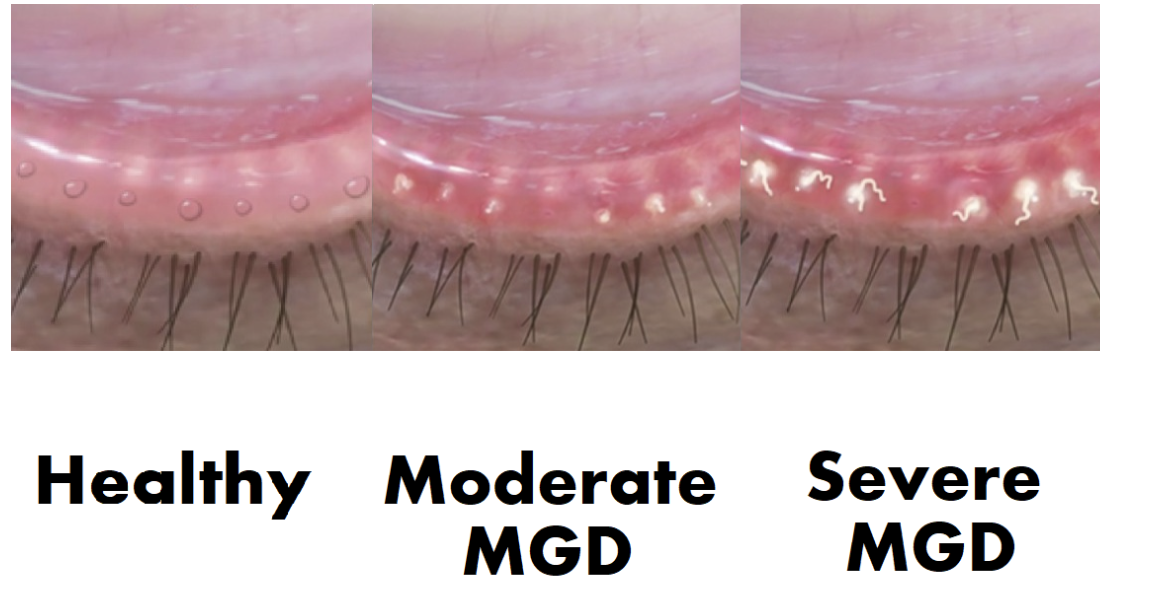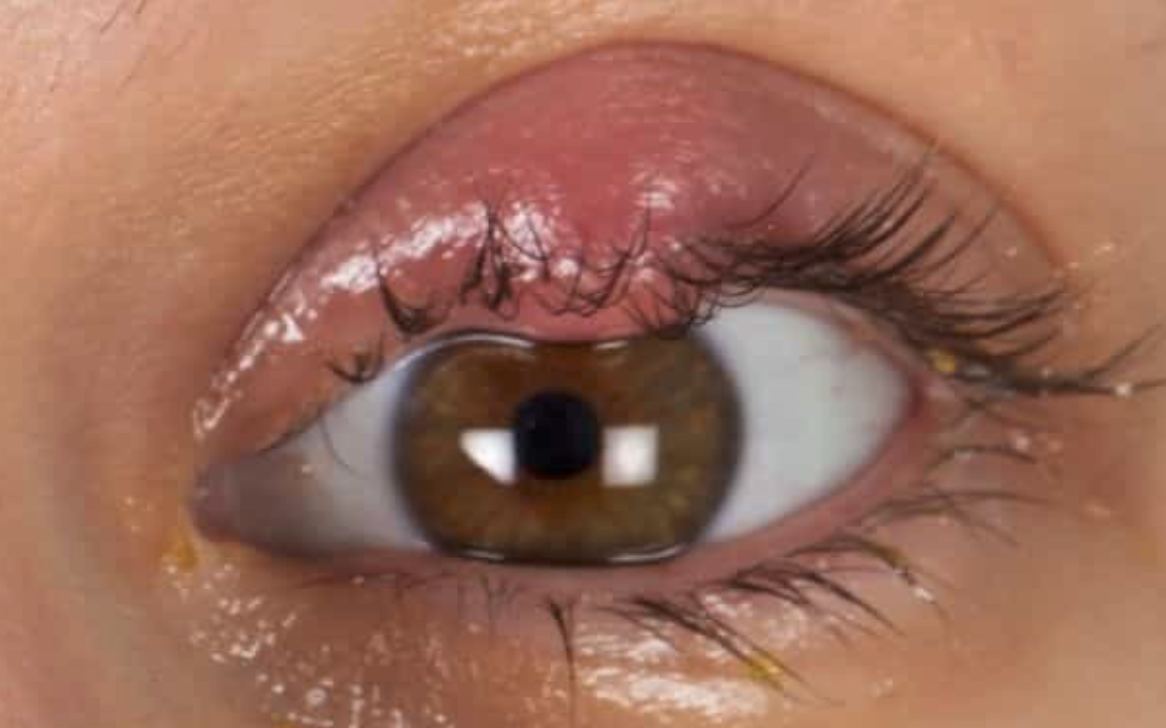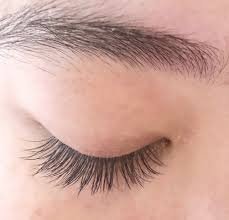Why you should think twice about getting eyelash extensions
Are you thinking about getting lash extensions? Read this article before considering putting your eyes at risk.
Eyelash Extensions Overview
There are different types of eyelash extensions: temporary, usually applied at home, and semi-permanent, usually applied in a salon. Temporary false lashes are applied with lash glue which is made of adhesive components, surfactants, and ammonium hydroxide. Some adhesives contain glycol ethers which are found in other cosmetics, pharmaceuticals, cleaners and other home products. Lash adhesive is typically not harmful unless swallowed or ingested, which is indicated on the label packaging. On the other hand, semi-permanent lash extensions are applied on each strand of one’s natural eyelashes with a semi-permanent glue usually made with a cyanoacrylate adhesive. Cyanoacrylate is found in commercial glues such as Super Glue® and Krazy Glue®. As one may guess, this would probably irritate the eye.
In addition to irritation, lash extensions can cause more serious problems for the wearer, including droopy eyelids and loss of natural lashes. More serious diagnoses include blepharitis, meibomian gland dysfunction, styes, and chalazia, all of which could lead to potential dry eye. Extensions can also cause allergic reactions and corneal scratches which could lead to scarring. Don’t know what these are? Continue reading!
Blepharitis
Blepharitis is inflammation of the eyelids. Some of the signs of blepharitis include redness, swelling, soreness, and a burning sensation. Additionally, a crust can form at the base of the eyelashes. Blepharitis is caused by bacteria on skin or mites called Demodex. It is treated by keeping the eyelids and skin around the eyes clean using baby shampoo or over the counter eyelid wipes, and using warm compresses.
Meibomian Gland Dysfunction
Meibomian glands are oil glands located near the eyelashes, and play a significant role in tear production. Meibomian Gland Dysfunction, or MGD, occurs when these glands become clogged, causing eye irritation and inflammation. Some signs of MGD are dryness, burning, itching, redness, stickiness or crusting, watering, blurry vision, and foreign body sensation (the sensation that something is stuck in the eye). MGD can also lead to styes and chalazia. In the long term, inflamed meibomian glands may progressively die off, causing chronic dry eye. MGD is treated by using warm compresses, eye massages, eyelid scrubs, omega 3-fatty acids, and in severe cases, antibiotics.
Stye / Chalazion
Styes are red, painful lumps that can grow from the base of the eyelash, and are caused by an infection in the hair follicle. They usually present as a painful red bump with pus spots at the center of the bump. Symptoms include swollen eyelids, foreign body sensation, light sensitivity, excessive tearing, and crustiness along the eyelid margin.
A chalazion is a swollen bump on the eyelid caused by a clogged oil gland. They present as red and swollen bumps and can cause blurry vision. Both styes and chalazia often form as a result of severe blepharitis or meibomian gland dysfunction. They can be treated by using warm compresses for ten to fifteen minutes, several times per day at home. Additionally, an ophthalmologist may prescribe antibiotics or perform a steroid injection. Chalazia that do not resolve with conservative treatment can be drained via a small, outpatient procedure.
Allergies
Eye allergies are referred to as allergic conjunctivitis. The symptoms of allergic conjunctivitis include red, swollen, itchy eyelids and conjunctiva (the white part of the eye), burning or teary eyes, and light sensitivity. Unlike other types of conjunctivitis such as viral conjunctivitis (pink eye), this condition is not contagious. When the body’s immune system reacts to allergens in the eyes, it releases histamine along with other substances that cause the allergic reaction. Allergic conjunctivitis can be treated with preservative-free artificial tears, cool compresses, oral antihistamines, steroids, and anti-allergy eye drops.
An example of good extension hygiene
All in all, the risks of semi-permanent eyelash extensions may outweigh the cosmetic benefits. Other alternatives such as applying temporary eyelashes may not be as convenient, but are much better for your eye health. However, if you do have extensions or still want them, make sure to keep your lid and lashes clean with daily lid scrubs (face wash and water over the closed eyelids and lashes), and keep in mind that you are putting your eyes at risk for disease.

